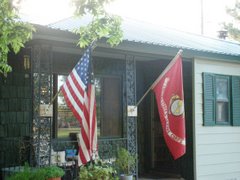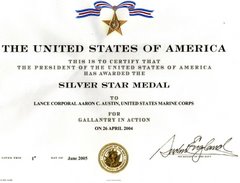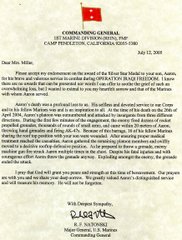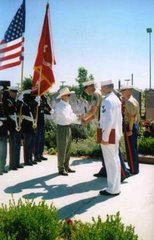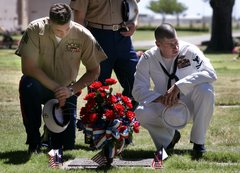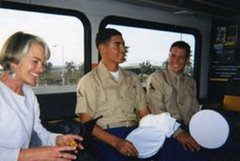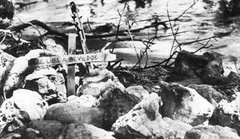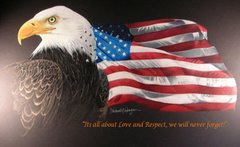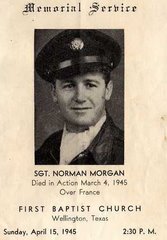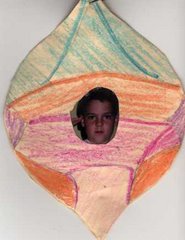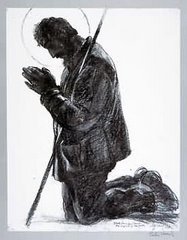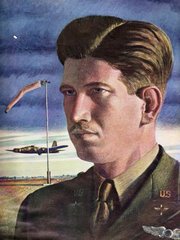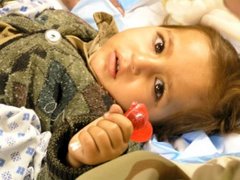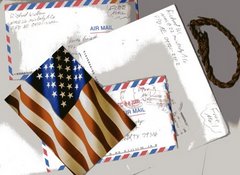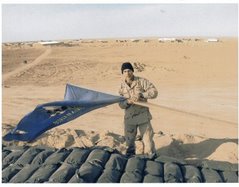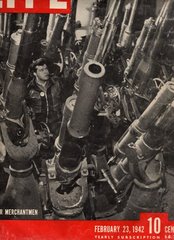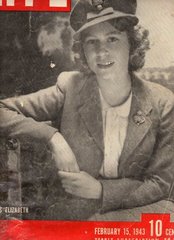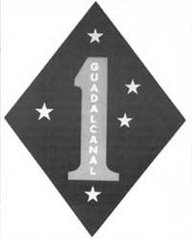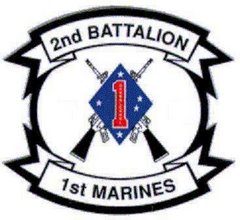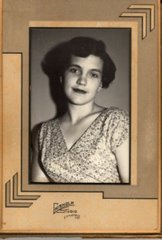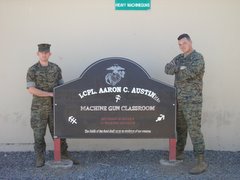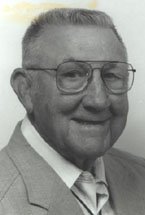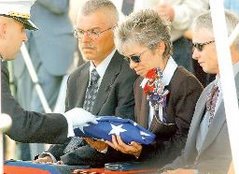On First Looking into Chapman's HomerMuch have I traveled in the realms of gold,
And many goodly states and kingdoms seen;
Round many western islands have I been
Which bards in fealty to Apollo hold.
Oft of one wide expanse had I been told
That deep-browed Homer ruled as his demesne;
Yet did I never breathe its pure serene
Till I heard Chapman speak out loud and bold:
Then felt I like some watcher of the skies
When a new planet swims into his ken;
Or like stout Cortez when with eagle eyes
He stared at the Pacific – and all his men
Looked at each other with a wild surmise–
Silent, upon a peak in Darien....Keats


Some of the indigenous inhabitants - such as the
Chocoe Indians - still pursue a hunter-gatherer existence in the huge conservation area called
Darien. By contrast, the
Kuna Indians have long since discovered the financial attractions of tourism on the
San Blas Archipelago on the Caribbean coast, raking in the dollars, where formerly the coconut was used as currency. This ethnic group of about 45,000 lives close to the sea and has held fast to its traditions.
Darién is a province in eastern Panama. It is hot, humid, heavily forested, and sparsely populated.
Europeans first discovered the region in 1501, and Christopher Columbus sighted it on his fourth voyage in 1503. The Spanish established the first European colony in South America, Santa María la Antigua del Darién, in Darién in 1510. The settlement did not prosper, however, and was soon abandoned. From this town Vasco Núñez de Balboa made his march to the Pacific in 1513. Some of the refugees from Santa María went on to found Panama City in 1519.
In 1698, the Scots launched another attempt to colonize Darién: the Darién scheme. It too ended in failure and led to the Acts of Union 1707 which joined the parliaments of Scotland and England (with Wales) into the United Kingdom.
Today the chief town in Darién is La Palma, located where the Tuira River empties into the Bay of San Miguel.
The province was formed in 1922 from Panamá province.
Darien appears in Keats' poem "On First Looking Into Chapman's Homer"; in the poem, "stout Cortez" is in Darien when he first sees the Pacific Ocean. (In fact it was Balboa, not Cortez, who was involved in this historical event.) (Wikipedia)






